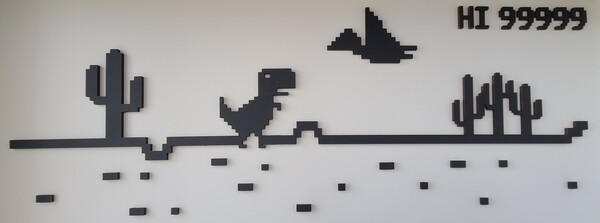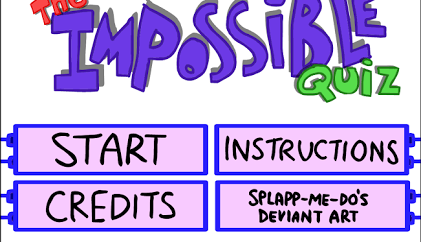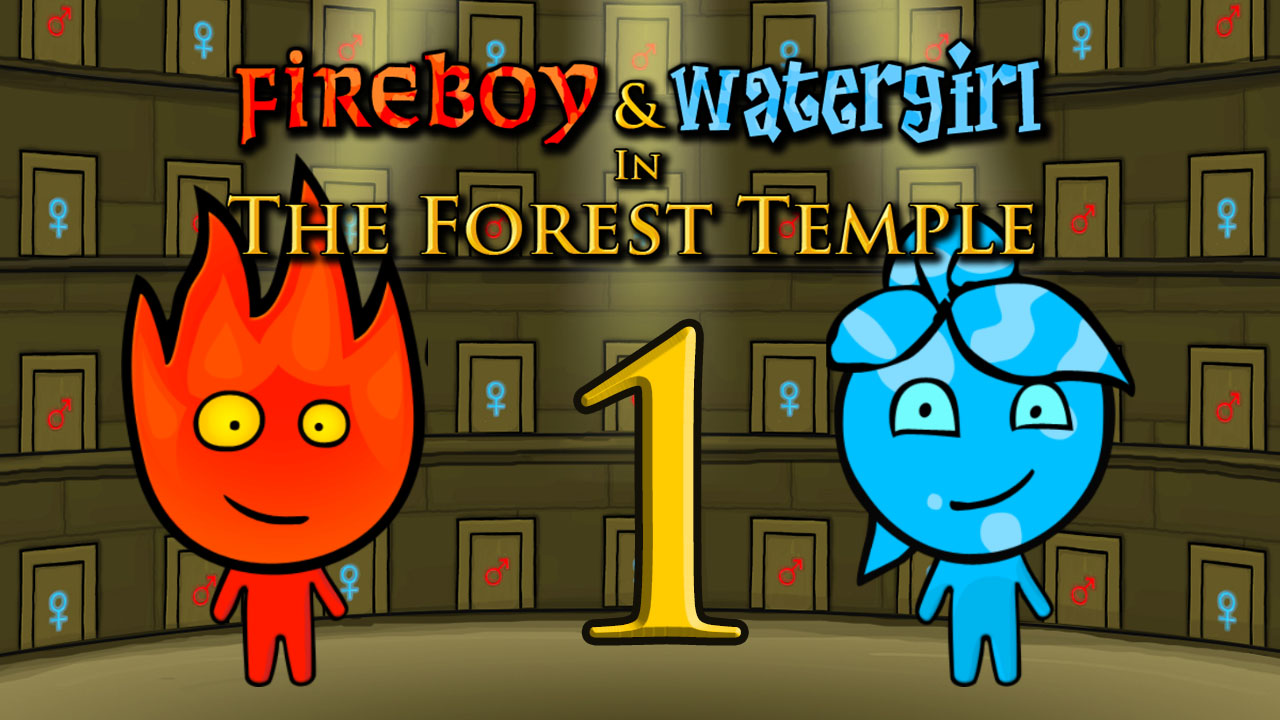All elemental shrines in one seamless quest
Solve cooperative puzzles across every elemental temple. Swap characters, ride wind currents, trigger switches, and collect gems in a long-form browser adventure perfect for solo or couch co-op.
Keep exploring
Keep your night shift energy up with more browser horror, tense escape rooms, and quick palate cleansers we trust.

Dino Game — Sprint, Jump, Repeat
Dino Game — Sprint, Jump, Repeat

Dodge traps, read twice, and outwit the quiz that cheats back
Dodge traps, read twice, and outwit the quiz that cheats back

Play Fireboy & Watergirl: Forest Temple in Your Browser
Play Fireboy & Watergirl: Forest Temple in Your Browser

Rocket-Packed Kart Battles in Your Browser
Rocket-Packed Kart Battles in Your Browser

Play Hollow Knight in Your Browser
Play Hollow Knight in Your Browser

Play Sort the Court! Free in Your Browser
Play Sort the Court! Free in Your Browser

Meme vaults to crack. Traps to dodge. Loot to bank.
Meme vaults to crack. Traps to dodge. Loot to bank.

Drift, tune, and rule the neon streets
Drift, tune, and rule the neon streets

Play BLOODMONEY2 in your browser
Play BLOODMONEY2 in your browser

Lock the Rhythm — Break the Tape
Lock the Rhythm — Break the Tape
Master every shrine, from Forest to Wind
Explore a complete circuit of elemental shrines
This expanded installment gathers multiple temples into a single browser journey, letting you move from leafy corridors to mirror-lit halls without changing games. Each chamber focuses on careful coordination between two heroes who move differently, collect different gems, and interact with hazards in unique ways. One thrives in heat and must never touch the blue pools; the other is comfortable around water but avoids lava. Passing a room requires both characters to exit successfully, so every plan, jump, and lever pull must account for the pair.
Wind and air currents mix up the classic formula
Among the returning shrines sits a set of windy rooms where fans, vents, and switch-controlled gusts propel characters upward or across gaps. These mechanics demand timing more than raw platforming. Often one hero stands on a pressure plate to activate a blower while the partner rides the airflow to a ledge, presses a button, and then returns the favor. You will learn to feather tap the movement keys while airborne, aligning with floating diamonds or catching narrow ledges. The rhythm feels like a dance: activate, drift, land, swap, repeat.
Solo or share-the-keyboard co-op
You can pilot both heroes yourself for a mental workout that blends pathfinding with ambidextrous control, or split the keyboard with a partner. Local co-op is where this series shines. One player focuses on the fiery runner, the other on the agile water sprite, and you talk through each step: who goes first, which lever to toggle, when to hold a platform for a safe crossing. Because each screen has several micro-checkpoints—ladders, doors, elevators—communication pays off immediately.
How a typical chamber flows
Rooms are compact but layered. You begin by scanning the space: colored doors, gem trails, pools, and movable boxes telegraph the solution. A red crystal may sit in mid-air beyond a fan; a blue gem might sit below a timed gate. The likely sequence emerges: send the wind-friendly route first, catch the switch on the far side, then cycle the gate so the partner can pass. Even when you know the order, precision is required because neither hero can touch a pool meant for the other. This creates elegant cross-guard scenarios where one character must hold a lever that temporarily nullifies a hazard for the other, and then both must reunite at the exit portal.
Controls and readability
Movement is snappy and predictable. Short hops carry you across one-tile gaps, full jumps clear two. Ladders allow patient vertical travel if a gust feels risky. Doorways and buttons use clear iconography, and gem colors match each hero so there is never confusion about who should pick up what. The design encourages quick restarts; if a mistake happens, you reset instantly and apply what you just learned. This brisk loop keeps frustration low while promoting mastery.
Temple variety keeps the campaign fresh
The forest route leans on basic switch-and-platform teamwork, great for warming up communication. Light-based halls introduce mirrors and reflector puzzles that require careful placement to open gates. Ice floors bring momentum management, turning walkways into sliding challenges where stopping distance matters as much as direction. Crystal rooms hide teleport stones that link distant ledges; understanding where a pair of portals connect is half the battle. The wind shrine emphasizes verticality and timing with rising currents, while lava sections restore the classic danger-versus-safety contrast between the two protagonists. By rotating these mechanics, the campaign prevents any single trick from dominating and ensures new lessons arrive just as you’ve mastered the last set.
Score chasing and clean routes
Although reaching the exit is the primary goal, a satisfying secondary loop is perfecting your route. Try to reduce unnecessary swaps, chain fan rides with minimal drift correction, and use shared platforms so neither hero idles. With practice, rooms that once took several pauses become a smooth sequence of motions. This is especially fun in two-player mode: call out steps—“hold the fan, glide, switch, drop, lever”—and see how many screens you can clear without a single reset.
Tips for smoother progress
Plan before you move: Trace each gem path with your eyes and mark which switches will lock behind you. If a lift returns to its starting position when released, decide who must cross second.
Use staggered timing on fans: Tiny taps correct drift more effectively than holding a direction key. Feather your inputs to settle onto narrow ledges.
Mind opposite hazards: Pools are color-coded for a reason. If a shortcut forces the wrong hero near a dangerous basin, abandon it and look for the intended crossing.
Levers over buttons: Persistent switches maintain state and open opportunities for solo traversals, while momentary plates usually require the other character to stay put.
Communicate in co-op: Count down jumps, call “holding” or “releasing,” and agree on who leads in sections with one-way drops.
Why it’s ideal for family and classrooms
Because every puzzle requires two successful exits, the game reinforces shared problem solving. Younger players learn to observe patterns and sequence actions, while experienced players practice patience by setting up their partner’s route before taking their own turn. The instant-restart design prevents long waits after mistakes, so the tone stays light and encouraging.
Accessibility and comfort
Levels are compact, text is minimal, and visual communication relies on color, arrows, and icons. If fast air streams prove tough, you can bypass certain aerial gems and return later—finishing the room is the priority. Keyboard sharing works well on laptops or desktops; if you’re playing solo, consider remapping movement in your OS for comfort, but the default layout is serviceable for quick sessions.
Replay value and mastery curve
The early shrines teach fundamentals: safe routes, gem discipline, and simple lever timing. Mid-game spaces layer hazards—ice under fans, mirrors near moving platforms—requiring multi-step plans. Late-game rooms turn those skills into flowing sequences where you’ll swap roles several times before meeting at the portal. Returning to earlier rooms after you’ve learned wind handling and teleporter logic feels rewarding; you’ll spot faster paths and cleaner timing that weren’t obvious the first time.
Short session or long evening—both work
Because each chamber lasts a few minutes, you can drop in for a single puzzle or play through a temple arc in one sitting. Progress carries naturally as you move from one door to the next. If you’re pairing up with a friend or sibling, alternate who leads each room. That keeps both players engaged and spreads the triumph when you synchronize a perfect fan ride or nail a crystal portal hop.
What makes this release stand out
Bringing multiple shrines together removes friction and creates a satisfying sense of distance traveled. You begin in greenery, feel the brightness of mirror halls, slide through frozen corridors, warp across crystalline links, and finally ride controlled bursts of air to high balconies. The variety of movement patterns—walk, jump, slide, glide—keeps your hands busy while your mind tracks switches, gates, and gem responsibilities.
Your turn to coordinate the exit
Step into the first doorway, take a breath, and talk through the route. Stand on the plate, spin up the fan, float to the ledge, flip the lever, and send the partner through. Whether you’re playing solo or sharing keys, the pleasure comes from that final moment when both characters pass through the portal together. It’s a tidy payoff for clear communication, steady timing, and just a bit of daring.
Share All elemental shrines in one seamless quest
Spread the word, invite friends, or bookmark this page to revisit the story whenever you need it.